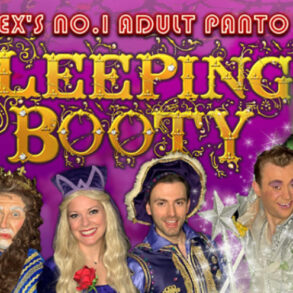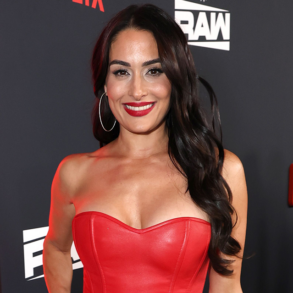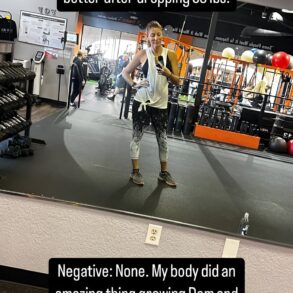In the 1960s, there were plenty of influences—and turmoil both at home and abroad (including significant civil rights movements and war protests) that appeared in cultural expression. High fashion popularized the mini and more “mod” styles, while we still had major classic influences thanks to Jacqueline Kennedy (and Queen Elizabeth!). With the advent of the sexual revolution came the bikini and the “flower child” flamboyance of the late ’60s, including androgyny for both men and women. The sexually liberated ’70s were around the corner, and many of these icons were important forerunners. But, no matter where they fit on the spectrum in this decade, these icons all have one thing in common: They helped influence the culture, sometimes in contradictory ways.
Below, 32 1960s icons who remain as relevant today as they did then.
Diahann Carroll

(Image credit: Getty Images)
Starting in the late ’60s, Carroll starred as the titular Julia, single mom and working woman—which was incredibly groundbreaking at the time, because it was the first television series to star a Black woman in such a non-service role (and not everyone noted it as the important moment in on-screen history at the time).
Princess Grace (Grace Kelly)

(Image credit: 1960s icons grace kelly)
Even though she had retired from life as an actor after her marriage to the Prince of Monaco in 1956, Princess Grace (formerly Grace Kelly) still lived in the hearts and minds of her fans. Even though she apparently wanted to act but couldn’t because of royal duties, she still supported arts locally thanks to the Princess Grace Foundation.
Queen Elizabeth II

(Image credit: Getty Images)
As she settled into life as Queen, Elizabeth spent the ’60s beginning to hone her signature style, from her skirt suits to her prominent jewelry and her (ongoing, abiding) love of hats. Even though she couldn’t dress in avant-garde styles, given her status as monarch, she still showed plenty of personality.
Lena Horne

(Image credit: Getty Images)
In the 1960s, Lena Horne appeared on many a variety show, after growing disenchanted with racism in Hollywood. In the late ’50s, she became the first Black woman nominated for a Tony for Best Actress in a Musical. In the decade following, she became a regular performer on The Ed Sullivan Show, The Judy Garland Show, The Dean Martin Show, and others.
Natalie Wood
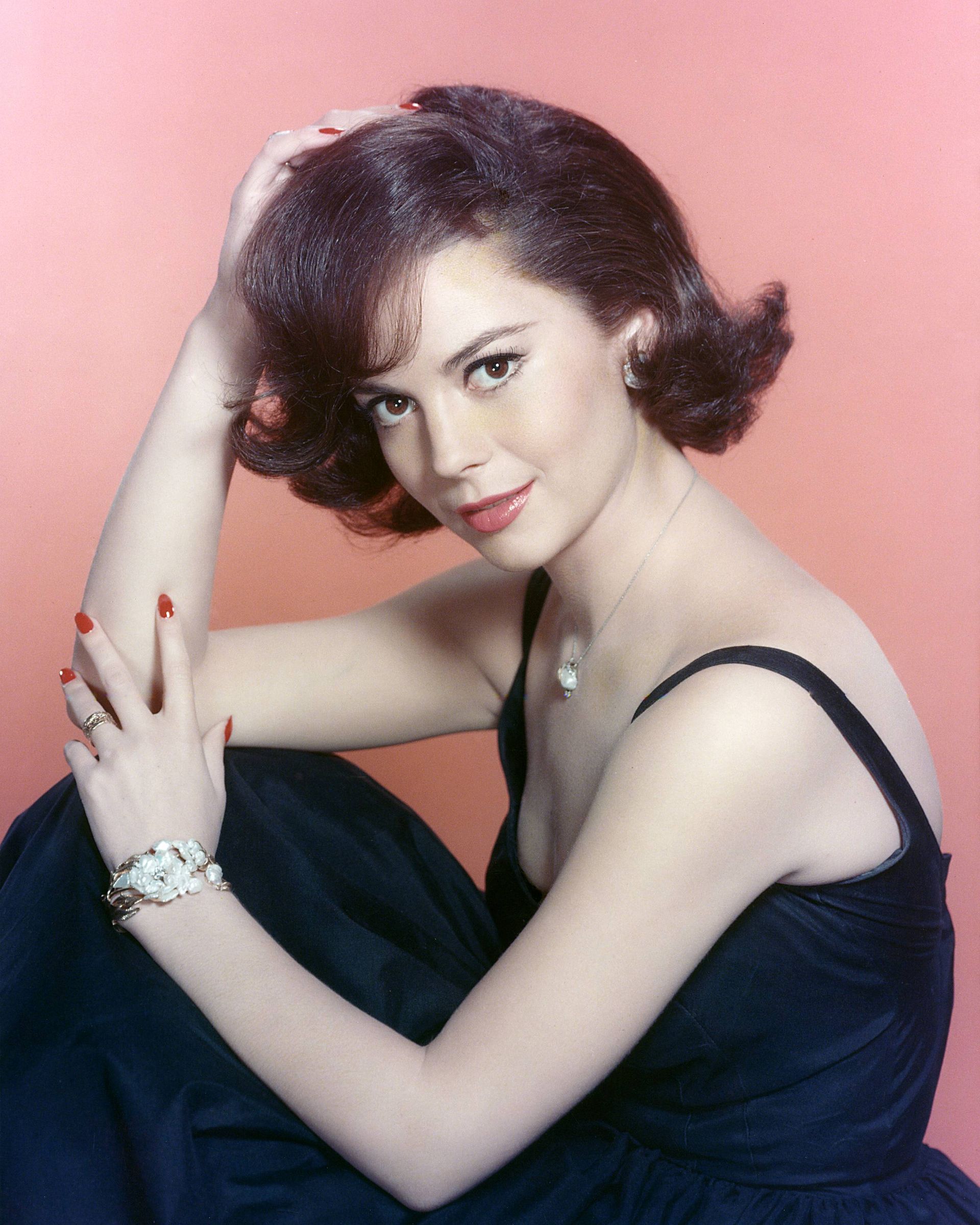
(Image credit: Getty Images)
In the ’60s, Natalie Wood’s career was in decline, until she was cast first in Splendor in the Grass and then as Maria in West Side Story. What followed was several years of stardom, including Gypsy and The Great Race. (After becoming pregnant in 1970, she more or less retired from acting.)
Ursula Andress

(Image credit: Getty Images)
Ursula Andress was a relatively unknown actor in the early 1960s. But when she emerged from the ocean in a white bikini, wielding a knife and poring over some shells as Honey Ryder in Dr. No, she became instantly iconic (and what followed was a slew of movies in this decade and beyond).
Catherine Deneuve

(Image credit: Getty Images)
In 1967, Catherine Deneuve starred as a young wife who spent her weekdays as a high-class sex worker in Belle de Jour. The movie is fascinating and resists easy interpretations (it’s also incredible stylish); That, along with working with Roman Polanski in Repulsion, helped propel Deneuve to stardom in France and the U.S.
Tippi Hedren

(Image credit: Getty Images)
Tippi Hedrin was a favorite actor of Alfred Hitchcock (but who would later accuse him of sexual harassment) and starred in two of his most influential movies: The Birds and Marnie. Her chilly blonde look with impeccable fashion remains one of the most iconic looks from the decade.
Donyale Luna

(Image credit: Getty Images)
The first Black model to appear on the cover of British Vogue, and the first Black person whose likeness made it onto the cover of Harper’s Bazaar Donyale Luna is sometimes referred to as “the first Black supermodel” and was a favored muse of greats like Andy Warhol.
Raquel Welch
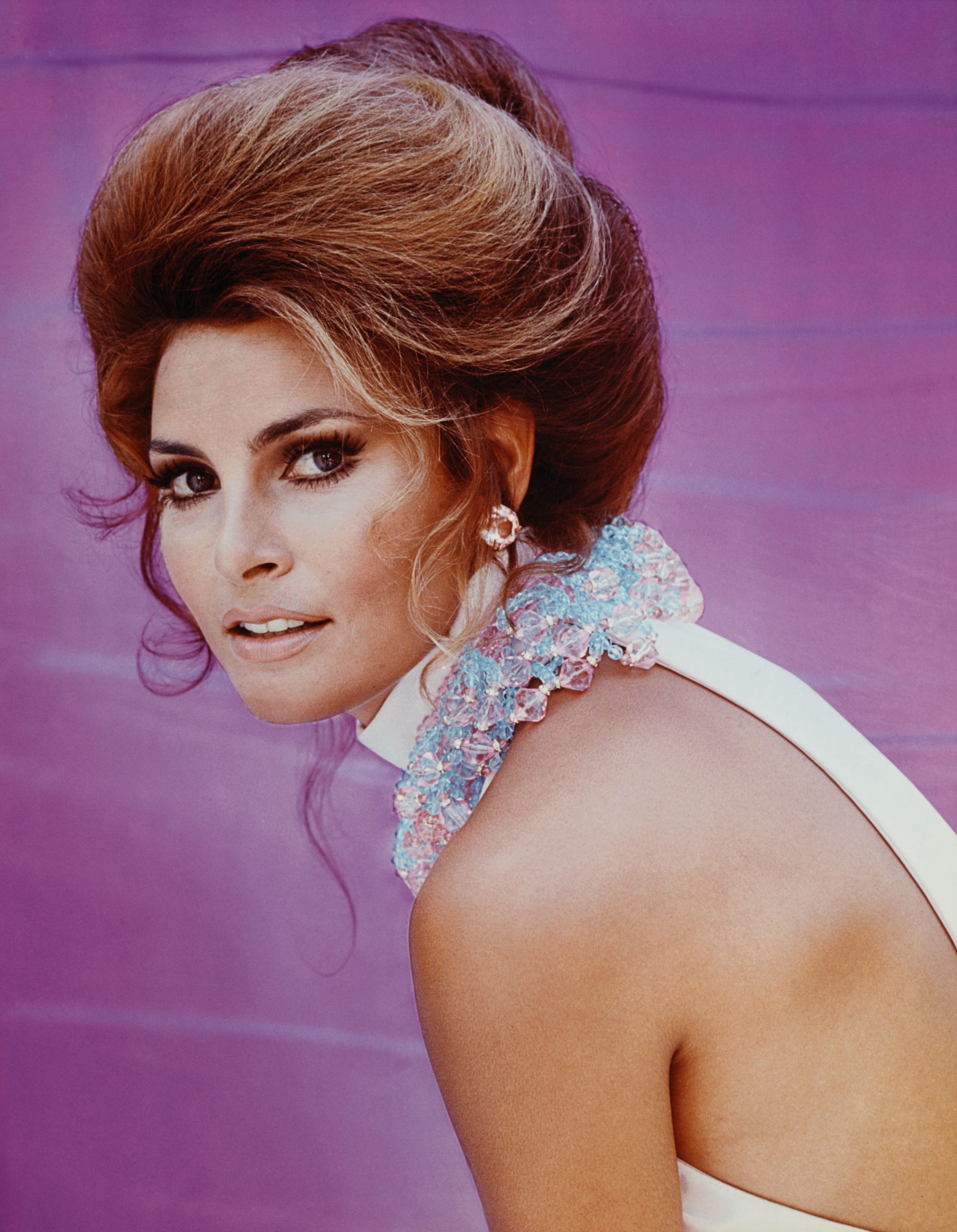
(Image credit: Getty Images)
Sex symbol Raquel Welch turned heads on the poster of One Million Years B.C., thanks to a revealing animal skin bikini, but she would go on to play empowered characters (a departure from other “bombshells” at the time) and usher in a new era of brunette actresses.
Bob Dylan

(Image credit: Getty Images)
Bob Dylan recorded some of his most influential music in this decade, including “The Times They Are a-Changin’,” but he also established himself as an impressive style force during this time. He always looked confident, and casual, and unabashedly himself.
Jane Fonda (and Robert Redford)

(Image credit: Getty Images)
Jane Fonda and Robert Redford starred together twice in the 1960s, in The Chase and Barefoot in the Park. In the latter movie, the two had such incredible chemistry, fans immediately fell in love with both of them (and Fonda says she was in love with him when they filmed).
The Rolling Stones

(Image credit: Getty Images)
The Rolling Stones (and more specifically Keith Richards and Mick Jagger) developed a scandalous style to go along with their rock music. They started out looking like schoolboys but quickly evolved to incorporate color and personality, including androgyny and flamboyance.
Cicely Tyson

(Image credit: Getty Images)
Even though her star-making turn in Sounder wouldn’t happen until 1972, Cicely Tyson was still an up-and-comer bound for stardom, with roles in East Side/West Side and The Guiding Light, as well as award-winning on-stage productions.
Jane Birkin

(Image credit: Getty Images)
In the late 1960s, Jane Birkin would meet her long-term collaborator and partner Serge Gainsbourg—their controversial but bestselling “Je T’Aime…Moi Non Plus” (“I Love You…Me Neither”) would be released in 1969—and be on her way to French stardom.
Aretha Franklin

(Image credit: Getty Images)
Singing superstar (and style icon) Aretha Franklin would sign with Atlantic Records in the mid-1960s and achieve her first (but not her last) levels of success. Some of her most notable songs were released in these years, including “Respect”, “(You Make Me Feel Like) A Natural Woman,” and “I Say a Little Prayer.”
Jean Shrimpton

(Image credit: Getty Images)
It-girl and face of the ’60s (and the predecessor to Twiggy), Shrimpton became associated with her fruitful relationship with David Bailey. While it was unusual to shoot street style shots before this, the duo quickly popularized the form.
Nina Simone

(Image credit: Getty Images)
Nina Simone was an up-and-coming singer when she released “Mississippi Goddam” in 1964—it was her first civil rights song, by her own admission, and despite its highly controversial reception, it cemented Simone as a cultural and musical force.
Twiggy

(Image credit: Getty Images)
After Jean Shrimpton, there was Twiggy. Calling Shrimpton an important influence, Twiggy gained worldwide fame for her unique look—especially her short hair and androgynous styling—and she popularized the idea of the supermodel.
Sophia Loren

(Image credit: Getty Images)
Considered one of the great old Hollywood stars, Sophia Loren (here in Operation Crossbow) had some of her most iconic roles in this decade, from her award-winning Two Women to Yesterday, Today and Tomorrow. She also had an over-the-top glamorous style to match her roles.
Andy Warhol

(Image credit: Getty Images)
Andy Warhol made a lot of his most famous work in the 1960s, from his Marilyn Diptych to his Campbell Soup Cans (both subjects would be recurring themes in his work). While critics and artists were often scandalized by his “commercialism,” they’re his most long-lasting legacy.
Mia Farrow

(Image credit: Getty Images)
Mia Farrow’s most impressive (and stylish) role to date premiered in 1968: Rosemary’s Baby. It propelled her to superstar status; It also meant the end of her short-lived marriage to Frank Sinatra, who’d wanted her to quit acting when they wed.
The Supremes

(Image credit: Getty Images)
Even though Diana Ross would leave The Supremes to pursue a (prolific) solo career in 1970, the group would still leave an impressive legacy in its wake. Although perhaps not as award-winning as they should have been, they served as an inspiration for musicians for decades.
The Beatles

(Image credit: Getty Images)
The Beatles went through quite the style evolution, from their matching haircuts and suits to their more evolved, personality-filled outfits of the ’60s. Their groovier, laidback style involved colors, textures, and some fabulous coats.
Yoko Ono

(Image credit: Getty Images)
While she was unfairly maligned as the inciting incident for the Beatles’ breakup, Yoko Ono has been recognized more widely these days as an artistic and stylish force (both on husband John Lennon and the culture), from her wedding miniskirt to her cozy pajamas.
Brigitte Bardot

(Image credit: Getty Images)
Brigitte Bardot was a bombshell icon in the 1960s, partly because of her gorgeous teased hair, partly because of her very French messy makeup, partly because of her “sex kitten” persona she cultivated as an actor and singer. She’s most remembered these days as a style icon, but check out her acting, like Viva Maria!, if you like her.
Faye Dunaway and Warren Beatty

(Image credit: Getty Images)
In the 1967 movie Bonnie and Clyde, Faye Dunaway and Warren Beatty in the title roles weren’t just gunslinging criminals—they were also dressed flawlessly in throwback ’30s fashion. (There’s a reason it was nominated for a Costume Design Oscar!)
Cher

(Image credit: Getty Images)
Cher was an icon for many decades, but in the 60s she was still an up and comer. She embodied the “flower child” aesthetic (often matching with husband Sonny) but even then there were glimpses of the maven she’d become—including some initial sightings of skin-baring ensembles.
Marilyn Monroe

(Image credit: Getty Images)
Marilyn Monroe would only live until 1962, and she experienced professional and personal difficulties in the decade (including a bunch of sexism). But her influence was still felt deeply—no more so than her “Happy Birthday, Mr. President” song in 1962.
Eartha Kitt

(Image credit: Getty Images)
Eartha Kitt had a unique, high-end style: which is fitting for the “Santa Baby” singer. Much like the song says, she liked draping herself in furs, enjoyed sparkles and big gowns, and couldn’t get enough of animal print (she did play Catwoman, after all!). She also helped popularize short shorts and leggings.
Audrey Hepburn

(Image credit: Getty Images)
It wasn’t just Breakfast at Tiffany’s…but Breakfast at Tiffany’s was an important part of it. Audrey Hepburn had the quintessential classic style of the 60s—sleek pants, plenty of gingham, black polos, slim pants, and flats, to name a few. Her outfits are just as chic now!
Jacqueline Kennedy

(Image credit: Getty Images)
Jacqueline Kennedy’s focus as First Lady on style and art made her a popular figure—and the fact that she dressed impeccably meant that she came to define fashion in the 60s. From the pillbox hat to the smart skirt suit, to cigarette pants and a neck scarf, her clothes and styling were the talk of the town, D.C. and everywhere else.
This post was originally published on this site be sure to check out more of their content.

